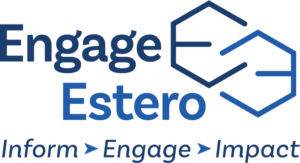It’s frightening to witness someone at home who has collapsed. If they’re not breathing or gasping for breath: call 911 and immediately begin CHEST COMPRESSIONS. Watch the 30 second New York-Presbyterian Hospital YouTube video, “Everyone Can Save a Life” https://www.nyp.org/cpr/
However, if the person collapses in a public space (i.e., a clubhouse, shopping mall, house of worship, or other public space), call 911, start chest compressions, and yell, “Someone get an AED!”
An Automated External Defibrillator (AED) is a portable electronic device that automatically diagnoses the life-threatening cardiac arrhythmias of ventricular fibrillation (VF) and pulseless ventricular tachycardia. The AED can treat them through defibrillation, the application of electricity that stops the arrhythmia, allowing the heart to reestablish an effective rhythm.
The AED is usually in a box that hangs on a wall or a stand in a public place. You can’t harm someone by using an AED. It’s designed to be used by anybody.
Watch the instructive AED three minute, “Learn Your AEDs” – the Avera Heart Hospital – YouTube Video.
Remember:
Place the AED box next to the victim’s head.
 Open the box.
Open the box.- Press the start button (some start when you open the lid
- Listen to the AED take you through each simple step.
- The AED will tell you to move away and not touch the victim while it analyzes the heart rhythm and, when appropriate, delivers an electric shock to try and get the heart back to its normal rhythm.
Whichever you choose: chest compressions alone or chest compressions combined with the AED – you can save a life.
Prepared by the ECCL’s Health Council’s Cardiac Health Subcommittee.


